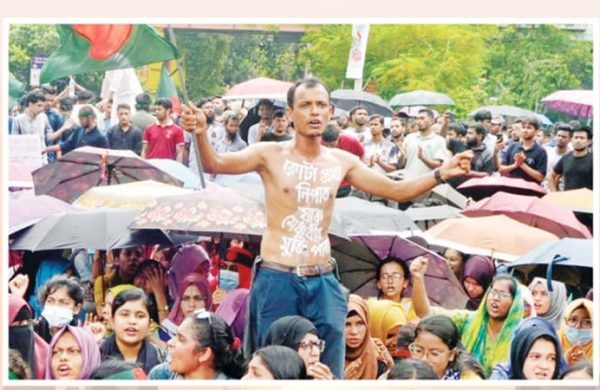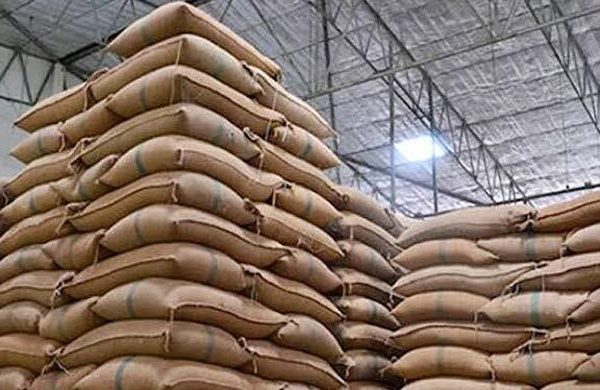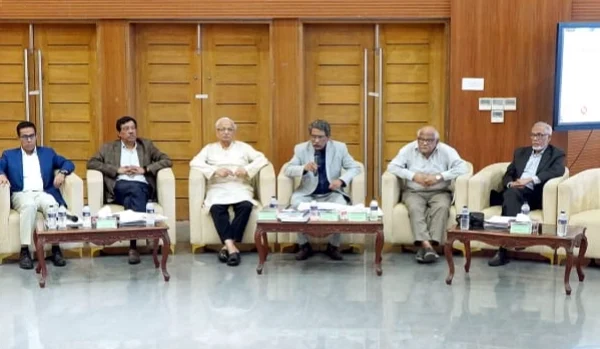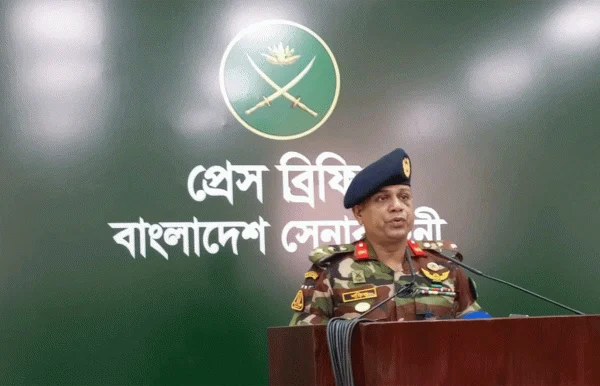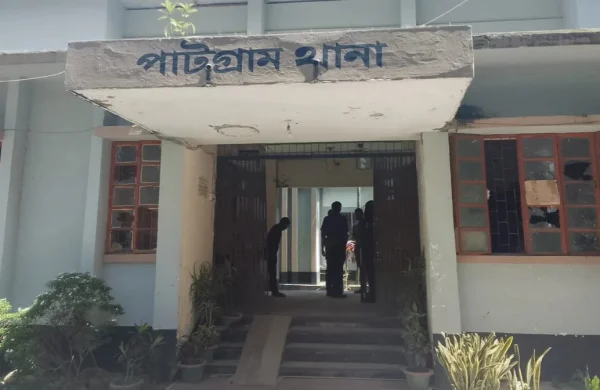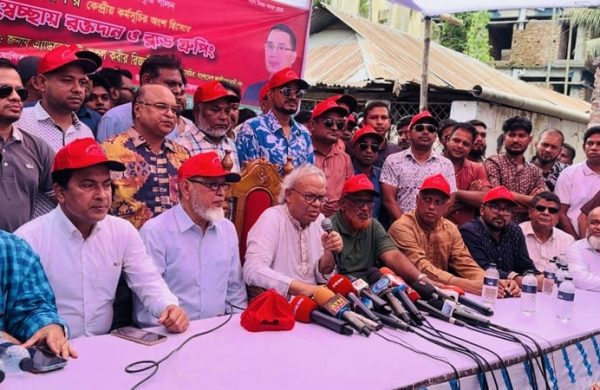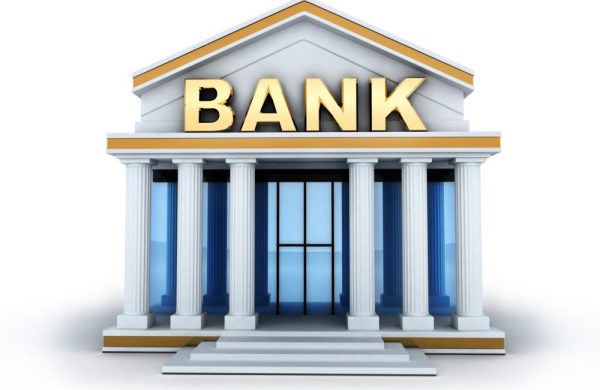Poor to get Tk 37,076cr next fiscal year
- Update Time : Thursday, June 12, 2025
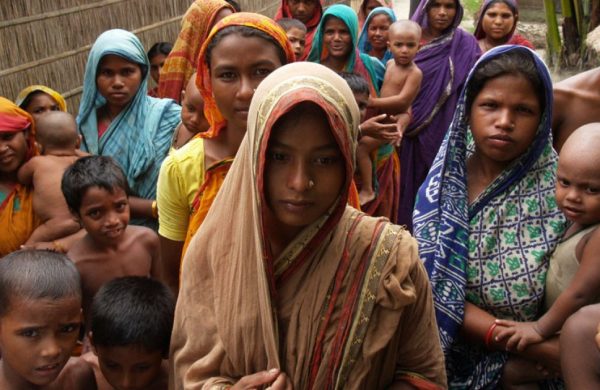
Staff Correspondent:
The interim government proposed a new framework for social safety net programmes, under which 7.68 crore poor people would receive Tk 37,076 crore next fiscal year to help them cushion the blow from high inflation over the last three years.
As many as 39 pro-poor programmes were separated from the social safety programmes this fiscal year on the recommendation of the EU, according to the report styled ‘Journey Towards an Equitable Society: Social Security Budget Report 2025-26’.
Key examples include major cash transfer allowances for vulnerable populations, food security and price relief programmes and public works and livelihood programmes that employ the poor segment of society.
The objectives for segmenting the 39 programmes are to closely monitor progress and outcomes in poverty reduction and vulnerability mitigation and set short- and long-term goals to reduce extreme poverty, vulnerability, marginalisation and inequality.
High targeting effectiveness means minimising leakage to the non-poor and maximising inclusion of those in need, according to the report.
Individuals who earn less than Tk 1.95 lakh per year are considered poor and households whose annual income is below the Tk 1.4 lakh are counted as ultra-poor.
Considering nutrition and child mortality, years of schooling and school attendance, access to electricity, drinking water, sanitation, cooking fuel and assets, many people are included in the programs.
It also considered people who are consistently unable to meet basic needs and move in and out of poverty due to seasonal or economic shocks.
Analysts have long been calling for separating the real allocation for the poor so that the actual impact can be realised, said Selim Raihan, a professor at the University of Dhaka’s economics department.
“So it is a good step, but it is just one step — more things are needed.”
The social safety net programmes have targeting errors, such as exclusion and inclusion errors. There are also leakages and corruption, and the programmes are misused politically, he said.
“So, a roadmap is needed on how these problems will be solved.”
On the other hand, the database of the programmes is poor and fragmented. There is a lack of coordination among ministries as well.
“So, emphasis is needed to ensure that the funds meaningfully reach the poor. This is necessary as extreme poverty is rising and overall poverty is also increasing,” said Raihan, also the executive director of the South Asian Network on Economic Modelling.
The total beneficiaries of the programmes are 7.34 crore and the government is planning to expand the coverage to 7.68 crore.
The proposed allocation for the pro-poor programmes is Tk 37,076 crore — up 15 percent year-on-year — which is nearly one-third of the entire social security budget.
Among all the 39 pro-poor programmes, the highest number of beneficiaries is in the Vulnerable Group Feeding (VGF) programme: is 1.76 crore. The proposed allocation for the VGF is Tk 1,224 crore.
The second-highest number of beneficiaries is in the Open Market Sales programme: 1.23 crore.
The government proposed Tk 3,433 crore for this programme in fiscal 2026-27 to address the nutritional needs of disadvantaged populations amid the comparatively high food inflation.
The highest allocation among all the pro-poor programmes went to the old-age allowance programme: Tk 4,791 crore.
As many as 60 lakh receive allowance under the programme at present and the government is planning to increase the number of beneficiaries by another lakh in fiscal 2026-27.
The second-highest allocation went to the disability allowance and education stipend programme: Tk 3,845 crore.
In reality, targeting Bangladesh’s safety nets has room for improvement. As of 2022, only about 44 percent of social protection benefits reached the bottom 40 percent of households, down from 51 percent in 2016, underscoring the importance of better targeting, according to the Social Security Budget Report 2025-26.
To enhance this, the government is pursuing data-driven tools like a Dynamic Social Registry (DSR). A DSR will continuously update household data and allow on-demand inclusion of newly vulnerable families, improving precision in identifying the most disadvantaged, it added.
While it is a good step, the Bangladesh Bureau of Statistics should be strengthened and the system digitised to implement this, Raihan said.
“If we can introduce NID cards in all the programmes, it will help avoid many problems in the system,” he said, adding that India can be a good example as they use their Aadhaar card for every service.
In the upcoming fiscal year, the number of social safety net programmes has been trimmed to 95, down from the current 140. The government proposed Tk 126,731 crore, which is 16.04 percent of the total budget.
This fiscal year, the total allocation for social safety net programmes was Tk 136,026 crore, which was 17.07 percent of the total budget.
Programmes such as building rural bridges were repealed. Those were previously included to inflate total spending, said a finance ministry official.
On the other hand, some small programmes were merged, so the total number of programmes dropped, he added.
Out of the total social safety net, the government proposed to spend Tk 35,282 crore on pensions for government officials and Tk 27,000 crore on agricultural subsidies.
However, interest payments on national savings certificates were removed from the social safety net programmes, which impacted the total allocation, the finance ministry official added.



